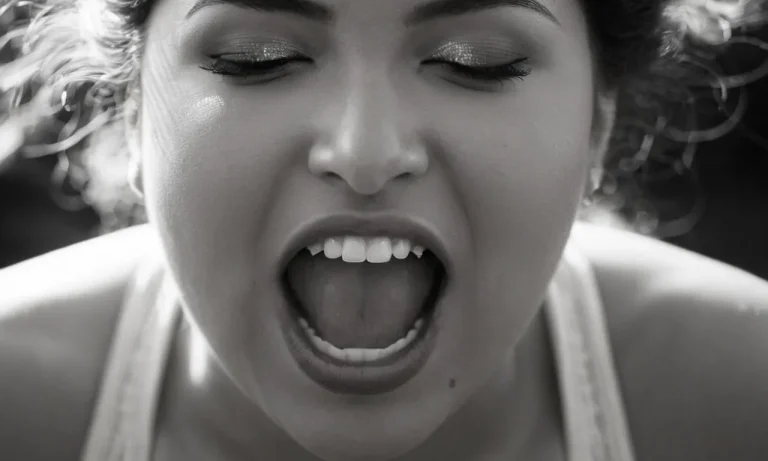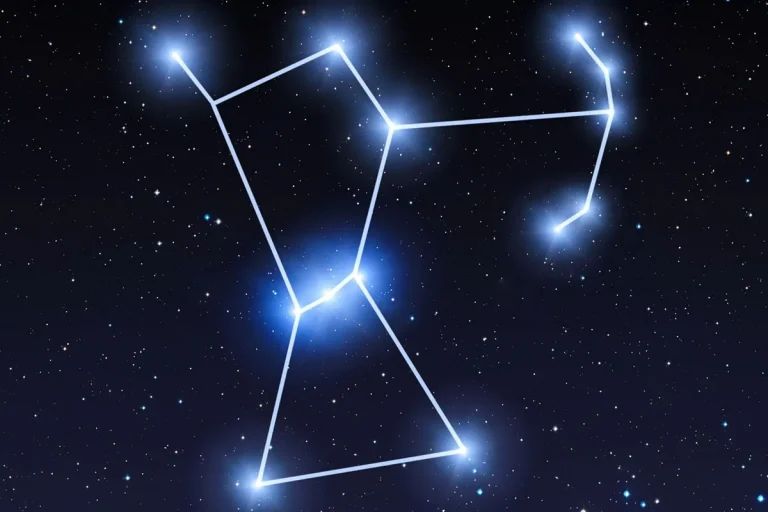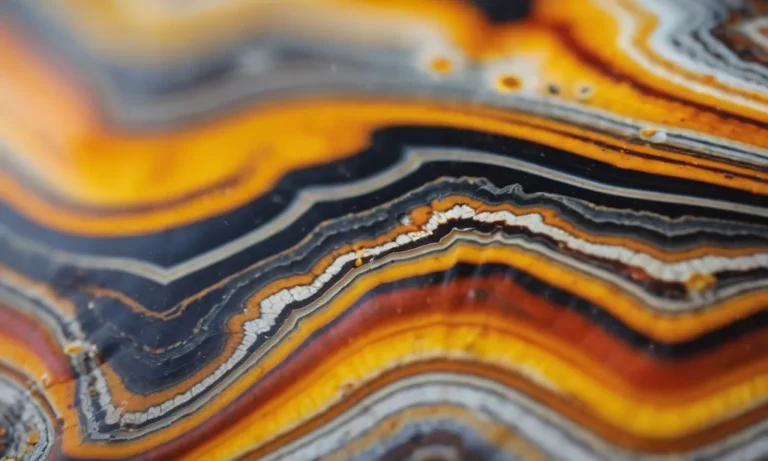Wedding rings are a symbol of never-ending love and commitment between two people. If you’re wondering about the deeper spiritual meaning behind these special bands, you’ve come to the right place.
In short, wedding rings spiritually signify the union of two souls into one entity through the sacred bond of marriage.
In this comprehensive guide, we will explore the history behind wedding rings, their spiritual symbolism, the meaning behind popular ring metals and stones, and how to choose rings that reflect what marriage means to you.
The History and Origins of Wedding Rings
Ancient Roman and Egyptian Beginnings
The tradition of exchanging wedding rings dates back thousands of years, with evidence of the custom appearing in ancient Egyptian and Roman societies. According to some records, Roman bridegrooms would give their betrothed a ring made of iron, representing strength and permanence.
Egyptians revered the circle as a symbol of eternity, believing the ring’s circular shape signified never-ending love.
Some historians believe the first wedding rings were made of braided hemp or reeds, as metalworking was limited in ancient times. But as methods for shaping gold and other metals advanced, ornate wedding bands became popular among those who could afford them.
The ring finger on the left hand was thought to have a special vein connected directly to the heart, called the vena amoris or vein of love.
Evolution in Christian Ceremonies
Over time, the giving of wedding rings was incorporated into Christian marriage ceremonies. Rather than exchanging the bride-price or dowry, the ring represented a pledge between partners entered freely and out of love.
As Christianity spread throughout Europe in the Middle Ages, rings set with gems and worn publicly became heavily associated with marriage and commitment.
According to church doctrine, the wedding ring formed an unbroken circle, reflecting God’s eternal love and marital fidelity. Ceremonies involved blessing the ring and placing it on the bride’s finger to finalize spiritual bonds.
Diamonds gained popularity during the Renaissance and Victorian eras as rare symbols of everlasting affection. By the 20th century, wedding rings for both men and women were standard in Western Christian weddings.
Ring Symbolism in Other Cultures and Religions
The customs and meaning behind wedding bands vary across cultures and faiths:
- Hindu brides and grooms often wear flower garlands around their necks in ceremonies.
- Many Hindu women receive a mangalsutra necklace from the groom to wear during their marriage.
- Traditional Jewish wedding ceremonies involve the groom placing a simple gold ring on the bride’s right index finger.
- Chinese wedding rings are usually plain gold bands with the bride and groom’s names inscribed inside the band, worn on the left ring finger.
- Muslim wedding rings tend to be more intricate, etched with prayers, names, or Quranic verses.
While wedding ring traditions differ, nearly all cultures attach sacred meaning and honor this exchange of jewelry between partners. The ring conveys powerful messages of eternal bonds, commitment, and sacrifice within a marriage.
The Spiritual Meaning and Significance of Rings
Circles Represent Eternity
Since ancient times, the circle has held spiritual significance representing eternity, wholeness, and unity. With no beginning or end, the ring formed in an unbroken circular shape exemplifies these ideals.
When exchanged at a wedding ceremony, the rings given signify the earnest hope for an enduring marriage blessed with timeless love.
Many faiths incorporate the circle motif for rites and rituals. For instance, Hindu wedding ceremonies involve the couple walking around a fire seven times to seal their vows. The rings eventually exchanged are infused with this sacred circular motion, promising to keep the husbands and wives bonded forever in their journey through life.
Worn on the Fourth Finger
Across cultures, wedding bands worn on the fourth finger of the left hand has held profound meaning. An ancient Greek belief suggested a vein from that finger leads directly to the heart, the “vena amoris”.
Though anatomically incorrect, the central idea carries weight – a wedding ring worn closest to one’s heart represents true love.
A traditional Western folk belief has it that each finger holds certain powers. The fourth finger aligns with Jupiter, representing wisdom, growth and balance in relationships. By wearing wedding rings here, the new couple invites these qualities into their marriage.
Exchange of Rings in Ceremonies
The exchange of wedding rings serves as a focal point in ceremonies across cultures. More than just jewelry, these bands carry spiritual substance signifying the wonder of unity. As rings have no end, they aptly signify the hopeful eternal nature of matrimony.
Sliding rings onto one another’s finger marks a symbolic transfer of their sacred vows. Traditionally placed on the fourth finger in line with ancient beliefs, this quintessential act binds their commitment in plain sight of gathered loved ones.
Making the rings a part of themselves connects physically to the spiritual covenant forged from their declared everlasting love.
Choosing Your Metal and Stones
Symbolic Metals: Gold, Silver, Platinum
When selecting a metal for wedding bands, couples have three classic options that each carry unique symbolic meaning. Gold is known for its beautiful shine and rich color, representing prosperity and lifelong commitment (no wonder it remains the most popular metal for bands!).
Silver has a cool, sleek look and connotes harmony between partners. And platinum is strong and enduring, exemplifying everlasting love.
According to recent surveys, around 75% of U.S. engagement rings feature gold bands – especially 14K or 18K yellow gold. And over the past decade, rose gold bands have surged in popularity, with their vintage flair and romantic pinkish hue.
Silver bands make up around 20% of the market, appealing to those drawn to silver’s affordability and versatility. Platinum bands constitute the remaining 5-10% share, favored by couples who prioritize durability and a modern styling.
Gemstone Meanings and Properties
Beyond the metal itself, many couples opt to set gemstones into their wedding bands to amplify symbolic meaning. Diamonds retain their topping popularity here. As the hardest gemstone, diamonds signify the strength and resilience of a couple’s bond. Other classic choices include:
- Sapphires – Believed to ensure trust and loyalty between partners.
- Rubies – Thought to bring passion and balance to a marriage.
- Emeralds – Said to foster compassion and patience for the long haul.
Of course, couples can express their unique love stories by selecting any gemstone that holds personal meaning. Beyond the classics, we see more couples exploring vibrant gemstone choices like morganite (associated with divine love), aquamarine (evokes feelings of hope and calmness), or garnet (represents devotion).
😊 The options are endless for adding special symbolism through gems.
Engraving and Customization
Lastly, engraving or custom design details give bands a heartfelt personal touch. Engraving the inner band with a special phrase, date, or coordinates commemorates special moments for the couple to cherish privately. Engraving on the outside adds visible meaning that others can appreciate.
From lyrics to coded messages, engraved bands make wonderful keepsakes.
Taking it a step further, fully customized bands also make stunning symbols of commitment. Couples can work with artisan jewelers to handcraft rings that perfectly capture their essences. Original shapes, stone arrangements, metal finishes and accents, and other nuances help ensure they sparkle as uniquely as the wearers’ love.
Caring for Your Rings
Cleaning and Maintenance
Caring for your wedding rings is important to keep them looking their best for years to come. Regular cleaning is essential—while gold, platinum, and silver are hardy metals, they can develop buildup from lotions, soap, and natural skin oils over time.
Use a soft-bristled toothbrush and mild dish soap to gently scrub rings every few weeks, which lifts away residue. After cleaning, pat dry with a soft cloth. In between deeper cleanings, buff rings with a microfiber jewelry cloth to restore shine and remove smudges.
Take rings off before showering, swimming, exercising, cleaning, and handling harsh chemicals, all of which can dull or damage jewelry. Store rings safely in a ring box or jewelry armoire when not being worn.
Have rings professionally cleaned once or twice a year for a bright refresh—many local jewelers offer this service affordably. Ask about having rings ultrasonically cleaned versus hand-polished methods.
Resizing Over the Years
As fingers change shape and size over decades of wear, wedding rings may need periodic resizing adjustments. It’s common for rings to become loose over time as people age. Weight fluctuations can also impact fit. Ill-fitting rings risk slipping off and becoming lost.
According to the Blue Nile jewelry company, resizing rings more than two full sizes larger or smaller than the original size can weaken structural integrity and increase the chance of damage, so avoid over-resizing.
They recommend getting rings professionally resized by an experienced jeweler to ensure excellent workmanship and preservation of important inscription details inside bands.
For those needing one or two ring size adjustments up or down, resizing typically costs between $40 and $90. The process involves cutting bands, adding or reducing thickness, and expertly soldering pieces back together.
Most ring styles can accommodate some degree of resizing during their lifetimes, although significantly-contoured bands may have less flexibility. Thinner stackable eternity bands generally can’t handle dramatic size changes.
Be sure to specify precisely how much larger or smaller to size rings to achieve ideal renewed fit. Share ring size history to help jewelers determine what’s feasible.
What to Do If One Is Lost
Losing a wedding ring can be extremely distressing, given these special rings symbolize marriage bonds. Immediately retrace steps upon noticing a missing ring. Scan the area thoroughly, checking parked cars, furniture cushions, yards, etc. Enlist others to help search.
Call venues visited to inquire about recovered rings—the sooner the better while staff may recall recent guests. Provide identifying details about bands. Report lost rings to local authorities and pawn shops to aid recovery efforts.
If despite best efforts rings don’t turn up, all hope isn’t lost. Rings can potentially be replaced to resemble the original. Insure valuables like wedding sets to help offset replacement costs should the unimaginable occur. Collect images showing ring details which replicate.
Obtain copies of original jewelry sales receipts stating precious metals, diamond grades, band widths, etc. to precisely guide recreations. Quality jewelers can often re-create rings beautifully. While lacking special original sentimentality, sparkling new bands reflect continuing unbroken unions.
Conclusion
Wedding rings have carried spiritual meaning since their origins thousands of years ago. The unbroken circle reflects the eternal love and bond between spouses, while the fourth finger is tied to the heart.
As you shop for rings, consider metals and stones that hold symbolic meaning for your relationship. Cherish these bands as a physical emblem of the spiritual and emotional connection you share.






